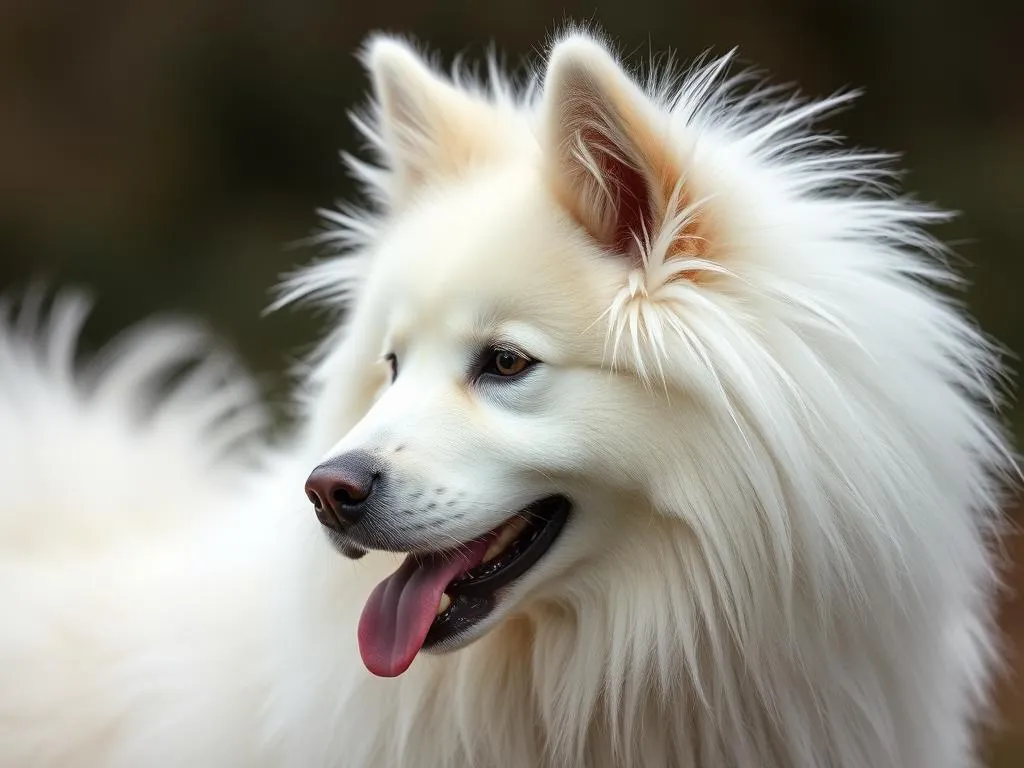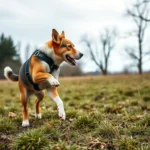
Introduction
The Samoyed breed, known for its fluffy white coat and charming smile, has a rich history rooted in the Siberian Arctic. Originally bred by the Samoyede people for herding reindeer and pulling sleds, these dogs are not just beautiful; they are also incredibly intelligent and sociable. Samoyeds are known for their friendly disposition, making them excellent family pets. However, their playful and energetic temperament can sometimes pose training challenges.
Training is crucial for Samoyeds, as it enhances their behavior and socialization skills. Without proper training, these dogs can become stubborn and independent, leading to common issues such as barking and separation anxiety. In this guide, we will explore effective training techniques tailored specifically for Samoyeds, ensuring that you and your furry friend can enjoy a harmonious life together.
Understanding the Samoyed Temperament
Typical Traits of Samoyeds
Samoyeds are characterized by their intelligence and adaptability. They thrive on companionship and are usually eager to please their owners. Their playful nature means they require plenty of exercise and mental stimulation. With high energy levels, they enjoy interactive games and activities that challenge their minds.
Common Behavioral Issues
Despite their delightful personalities, Samoyeds can exhibit some behavioral issues. They have a tendency towards stubbornness and independence, which can make training a bit more challenging. Additionally, they may struggle with separation anxiety, often resulting in excessive barking or destructive behavior when left alone. Understanding these traits is essential for effective training.
Importance of Positive Reinforcement
Using positive reinforcement is crucial when training Samoyeds. They respond best to praise, treats, and playtime, rather than harsh corrections. Building a bond based on trust and encouragement will motivate your Samoyed to learn and respond positively to commands.
Preparing for Training
Essential Supplies for Training
Before starting your training sessions, gather the necessary supplies. Essential items include:
- Leashes: A sturdy leash is vital for control during training walks.
- Collars and Harnesses: A well-fitted collar or harness ensures comfort while walking.
- Treats: Small, high-value treats will help motivate your Samoyed during training.
- Toys: Interactive toys can keep your dog engaged and make training sessions more enjoyable.
Creating a Suitable Training Environment
When training your Samoyed, choose a suitable environment. Indoor spaces should be quiet and free from distractions, while outdoor areas should be safe and secure. Consider training in a fenced yard or a quiet park where you can minimize distractions.
Establishing a Training Schedule
Consistency is key in training. Establish a training schedule that includes frequent, short sessions of about 10-15 minutes. Young puppies may have shorter attention spans, so adjust the duration accordingly. It’s also vital to consider your Samoyed’s age when planning training activities; puppies may need more foundational training, while adult dogs can handle advanced commands.
Basic Training Commands
Teaching Essential Commands
Starting with basic commands is crucial for effective training. Here are some essential commands and how to teach them:
Sit
- Get your Samoyed’s attention: Hold a treat close to their nose.
- Move your hand upwards: As their head follows the treat, their bottom will lower into a sitting position.
- Say “Sit”: Once they are sitting, say the command clearly and reward them with the treat and praise.
- Repeat: Practice several times in short bursts until they understand the command.
Common Mistakes to Avoid: Avoid pushing their rear down or getting frustrated if they don’t sit immediately. Patience is key!
Stay
- Begin in a sitting position: Ask your Samoyed to sit.
- Show your palm: Hold your hand in front of them and say “Stay.”
- Step back slowly: If they stay in place, return and reward them.
- Gradually increase distance: Practice stepping further away over time, always rewarding when they stay put.
Importance of the Command: “Stay” is essential for safety, especially in public spaces.
Come
- Use a long leash: Start in a safe, enclosed area.
- Call your Samoyed: Use a cheerful voice and say “Come” while gently pulling on the leash.
- Reward immediately: As they approach you, offer a treat and praise.
- Practice frequently: Gradually increase the distance and reduce leash use as they improve.
Building Recall with Positive Reinforcement: Always reward your Samoyed for coming to you, creating a positive association with the command.
Incorporating Fun into Training
Making training enjoyable is vital for keeping your Samoyed engaged. Incorporate games that reinforce commands, such as playing fetch after practicing “Come” or “Sit.” This not only makes training fun but also strengthens your bond.
Advanced Training Techniques
Socialization Strategies
Socialization is critical for Samoyeds to develop into well-rounded dogs. Introduce your Samoyed to other dogs and people in a controlled environment. Early socialization, ideally during the puppy stage, helps them become comfortable in various situations.
Leash Training
Teaching your Samoyed to walk nicely on a leash is essential for enjoyable walks. Here are some techniques:
- Loose-Leash Walking: Reward your dog for walking beside you without pulling. Stop walking when they pull, and resume only when they return to your side.
- Addressing Pulling Behavior: If your Samoyed pulls, change direction and encourage them to follow you. This teaches them that pulling won’t get them where they want to go.
Behavioral Training
Managing common behavioral issues like barking and chewing is crucial for a well-behaved Samoyed.
- Addressing Barking: Determine the reason behind the barking—whether it’s boredom, anxiety, or alerting. Redirect their attention or provide mental stimulation through toys and games.
- Managing Separation Anxiety: Gradually accustom your Samoyed to being alone for short periods. Create a safe space with toys and comfort items, and slowly increase the duration of separation.
Problem-Solving Common Training Challenges
Dealing with Stubbornness
Samoyeds can sometimes be stubborn. Here are tips for motivating them:
- Use high-value treats that they don’t get at other times to increase motivation.
- Keep training sessions short and fun, changing tactics if they seem disinterested.
Addressing Fear and Anxiety
Identifying triggers for fear and anxiety is essential. Techniques for building confidence include:
- Gradual exposure to feared stimuli in a controlled manner.
- Positive reinforcement for calm behavior when faced with triggers.
Ensuring Consistency in Training
Consistency is vital for success. Involve all family members in the training process, ensuring everyone uses the same commands and techniques. This prevents confusion and reinforces learning.
The Role of Professional Training
When to Seek Professional Help
If you find training particularly challenging or notice gaps in your Samoyed’s behavior, it may be time to seek professional help. Professional trainers can provide valuable insights and techniques tailored to your dog’s needs.
Finding the Right Trainer for Your Samoyed
When searching for a trainer, ask questions about their experience with Samoyeds and their training methodologies. Ensure their approach aligns with positive reinforcement and your training goals.
Maintaining Training Progress
Reinforcing Learned Behaviors
Ongoing practice is essential to reinforce learned behaviors. Incorporate training into daily routines, such as asking your Samoyed to sit before mealtime or come when called during playtime.
Tracking Progress and Setting Goals
Keeping a training journal can help you track your Samoyed’s progress and set realistic goals. Regularly assess what commands they have mastered and what needs more work. Adjust goals as your dog matures and develops new skills.
Conclusion
Training your Samoyed is an essential part of being a responsible pet owner. It fosters a strong bond and ensures your dog is well-behaved and socialized. Remember that patience and persistence are key. Each Samoyed is unique, and training requires time and understanding. We encourage you to share your experiences and tips as you embark on this rewarding journey together. Happy training!









